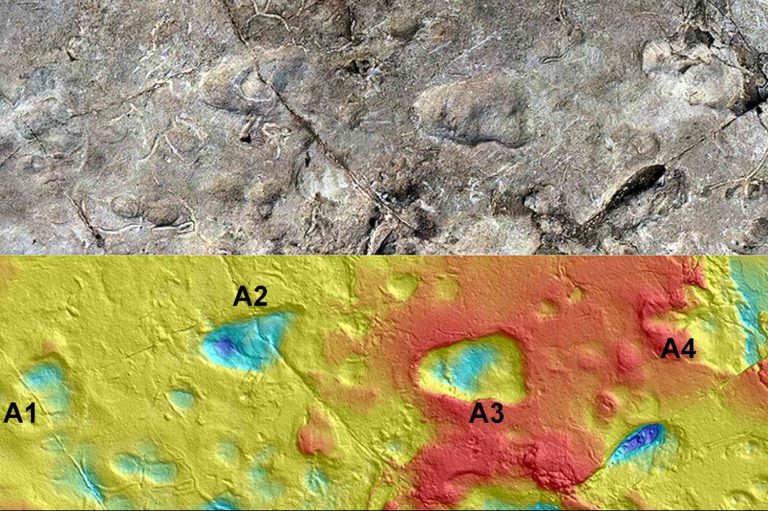Getty Images
In the latest evidence of human evolution, scientists say they have discovered prints from ancient humans on a rare stone deposit buried underground.
Expert say the trackways of Gerasia besylvania, which contain a combination of prints left by direct descendants of humans, have just been unearthed.
Experts who mapped the deposit last month describe the discovery in the journal Nature Scientific Reports.
“This is one of the most significant discoveries for hunter-gatherers on Earth,” study co-author Dr. Nikolai Komarov, a former research fellow at the University of Bristol, told The Independent.
He said the fresh prints have been traced to the Devonian period, before hominins, or “human ancestors,” emerged.
The study states:
Consistent with other sites we have found at Northeast Asia and Namibia, these sites demonstrate that we were ancestral to people from further south.
It is the most convincing evidence yet to suggest an ancestral link between the Incas and the Andes.
The discovery casts doubt on the conventional view of pre-modern human evolution being centered on East Asia, as most previous studies have argued.
Xu, Baranov, Caplin, Shuvalov, and Komarov have been trying to create a site with even better conditions than the well-known La Senora Bioparcina in Bolivia, which is more than 90 kilometers away.
Researchers consider evidence of multiple species to be more reliable than that of a single species, reports the Independent.
The site of the trace left by this ancient person date back about 135,000 years.
“The date for the site’s official discovery is unknown,” one of the researchers, Saimir Boghossian, told The Independent. “However, our current estimate of about 130,000 years ago seems to be the most plausible to date to this site.”
Though the prints are attributed to early humans, there is no evidence of where they were made. The scientists concluded that the prints date back to the Carpathian period of the Silurian or Cretaceous period.
They say that although these prints can’t be definitively dated, they are probably “a small portion of a big process (of evolution) including migration, migration of new hosts from other populations, and other human traits,” such as their diet.
Read more here from The Independent.
